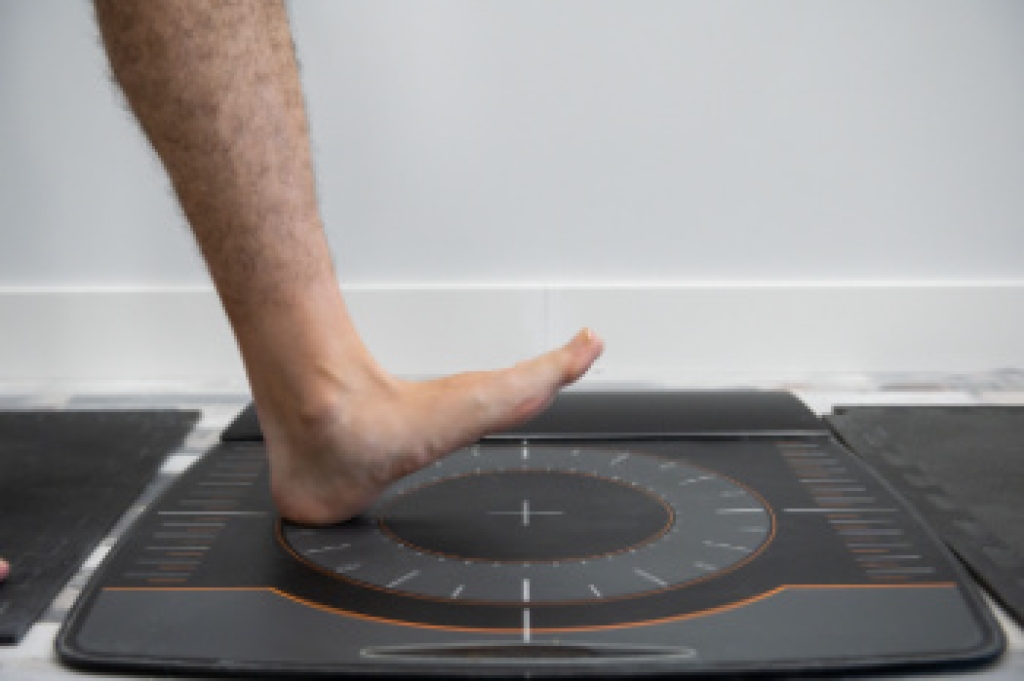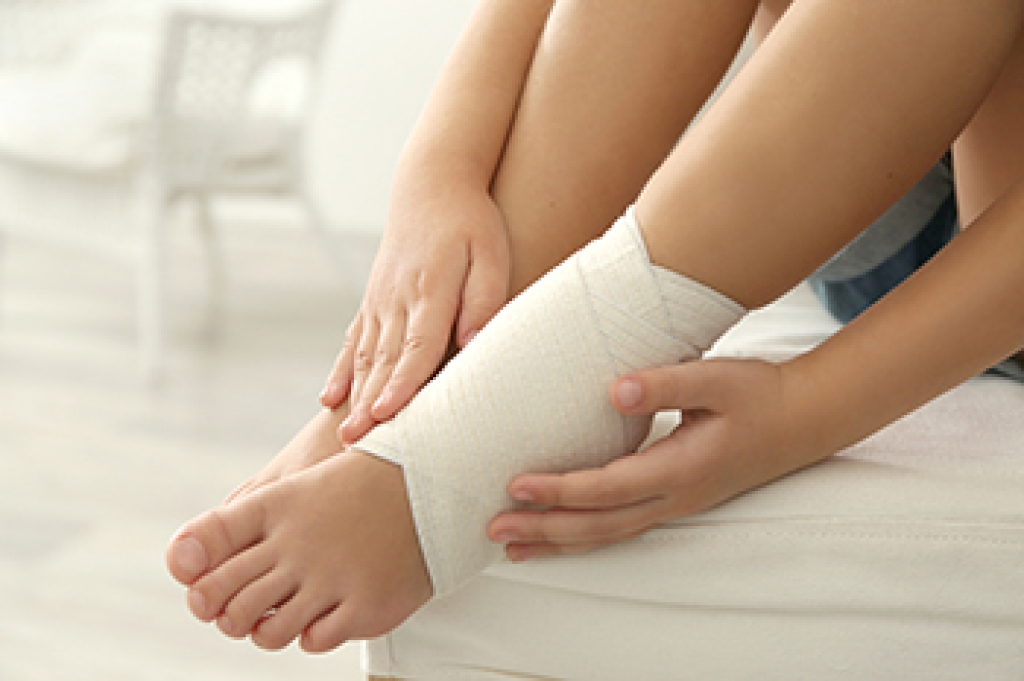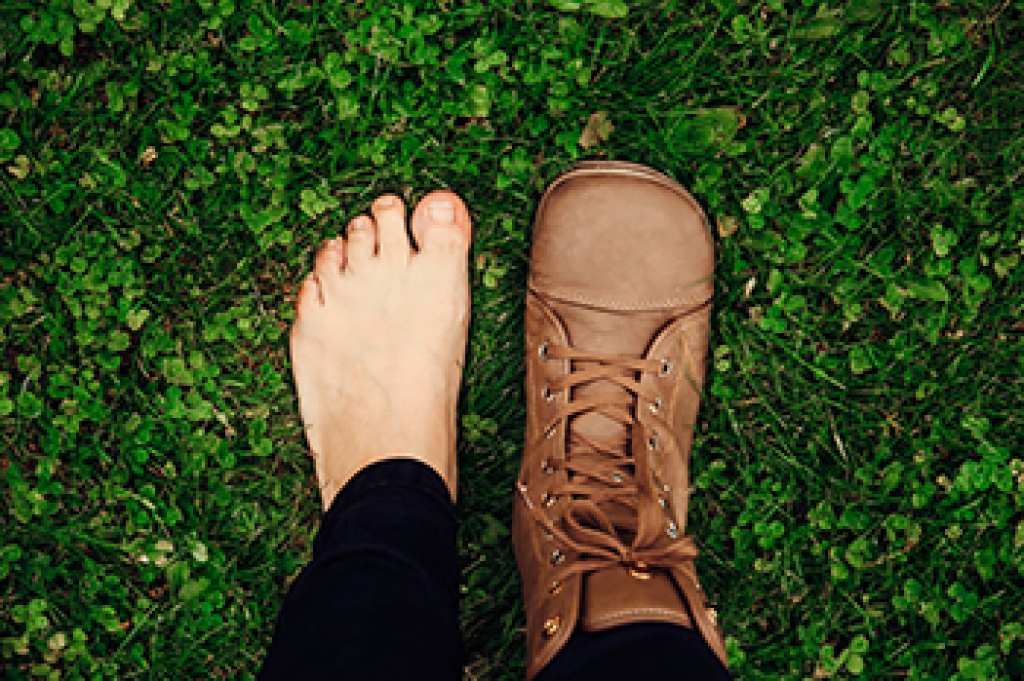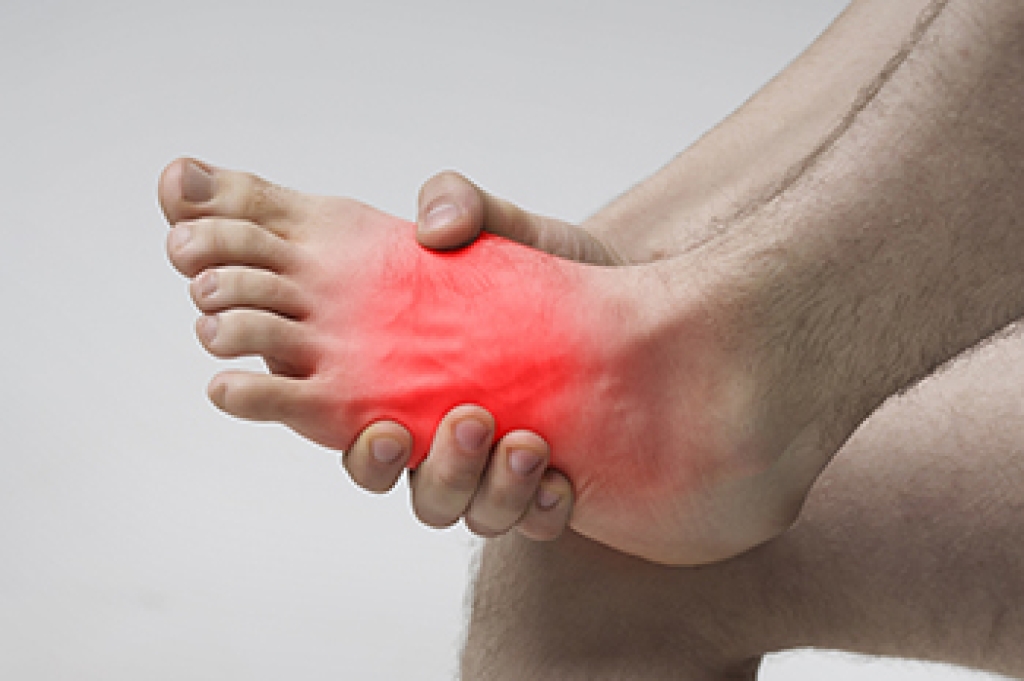
People living with type 2 diabetes often develop changes in the way their feet move and function, making regular evaluation essential. Over time, high blood sugar can affect nerves, soft tissues, and joint flexibility, which may alter foot shape or reduce natural motion. A podiatrist begins by observing how the foot bears weight, noting areas of pressure, instability, or collapse that may lead to pain or skin breakdown. Joint mobility is assessed through gentle movement of the toes, midfoot, and ankle to determine stiffness, laxity, or early deformities. These findings guide decisions about protective footwear, custom orthotics, and activity modifications to prevent complications. Understanding how the foot functions as a whole allows for earlier intervention and safer long-term mobility. To protect your foot health, it is suggested that you see a podiatrist regularly if you have type 2 diabetes.
If you have any concerns about your feet, contact one of our podiatrists from Florida Ankle & Foot Institute. Our doctors can provide the care you need to keep you pain-free and on your feet.
Biomechanics in Podiatry
Podiatric biomechanics is a particular sector of specialty podiatry with licensed practitioners who are trained to diagnose and treat conditions affecting the foot, ankle and lower leg. Biomechanics deals with the forces that act against the body, causing an interference with the biological structures. It focuses on the movement of the ankle, the foot and the forces that interact with them.
A History of Biomechanics
- Biomechanics dates back to the BC era in Egypt where evidence of professional foot care has been recorded.
- In 1974, biomechanics gained a higher profile from the studies of Merton Root, who claimed that by changing or controlling the forces between the ankle and the foot, corrections or conditions could be implemented to gain strength and coordination in the area.
Modern technological improvements are based on past theories and therapeutic processes that provide a better understanding of podiatric concepts for biomechanics. Computers can provide accurate information about the forces and patterns of the feet and lower legs.
Understanding biomechanics of the feet can help improve and eliminate pain, stopping further stress to the foot.
If you have any questions please feel free to contact our offices located in Tavernier, Marathon, and Key West, FL . We offer the newest diagnostic and treatment technologies for all your foot and ankle needs.







